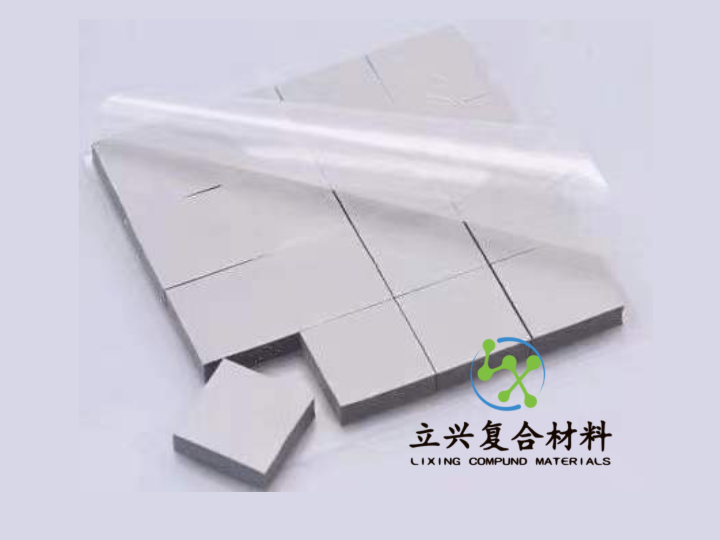立兴复合材料,致力于绝缘,散热,耐温,压合,防火,背光等不同特性的各种环保硅胶产品,主要生产各种规格之硅胶绝缘散热片/布,PCB热压缓冲垫片,发热板用热压合硅胶材料,导电材料,EMI,背光硅胶材料,硅胶套管,导热软性硅胶,硅胶密封材料
全国咨询热线:
13926908508 黄先生


 新闻资讯
新闻资讯 新闻动态
新闻动态导热垫片在电子设备散热研究
在电子设备散热领域,导热墊片已被广泛应用,并展现出良好的潜力和优势。通过对导热墊片在电子设备散热中的应用进行深入研究,得出以下结论。

首先,导热墊片作为一种导热材料,在电子设备散热中具有重要的作用。通过热传导的方式,导热墊片能够有效地将电子设备产生的热量传递到散热器或散热系统中,从而保持设备的正常运行温度。研究结果表明,导热墊片具有较高的导热性能,能够提供稳定且高效的散热效果,有效地降低电子设备的温度。
其次,导热墊片在电子设备散热中的应用具有良好的可靠性和适用性。导热墊片具有较高的耐高温性能,能够在极端工作环境下保持稳定的导热性能。此外,导热墊片具有较好的柔韧性和可塑性,能够适应各种电子设备的形状和尺寸。研究结果表明,导热墊片能够有效填补电子设备内部的间隙,并与设备表面保持良好的接触,提高导热效果。
最后,导热墊片在电子设备散热中的应用还需要进一步研究和改进。未来的研究可以集中在导热墊片导热性能的优化、材料的可持续性改进以及应用在特定电子设备中的性能提升等方面。此外,还可以研究导热墊片与其他散热材料的组合应用,以进一步提升散热效果。
综上所述,导热墊片在电子设备散热中具有广泛的应用前景。通过深入研究导热墊片的导热性能和适用性,可以提高电子设备的散热效果,保障设备的正常运行。未来的研究和改进将进一步推动导热墊片在电子设备散热领域的发展,并为电子设备的性能提升和可靠性提供更好的解决方案。
In the field of electronic device cooling, thermal pads have been widely applied and have demonstrated great potential and advantages. This study conducted in-depth research on the application of thermal pads in electronic device cooling, and the following conclusions were drawn.
Firstly, as a thermal conductive material, thermal pads play a crucial role in electronic device cooling. By conducting heat, thermal pads efficiently transfer the heat generated by electronic devices to heat sinks or cooling systems, thereby maintaining the normal operating temperature of the devices. Research results indicate that thermal pads possess high thermal conductivity, providing stable and efficient heat dissipation, effectively reducing the temperature of electronic devices.
Secondly, the application of thermal pads in electronic device cooling exhibits excellent reliability and adaptability. Thermal pads have high temperature resistance, enabling them to maintain stable thermal conductivity even in extreme working conditions. Additionally, thermal pads possess good flexibility and plasticity, allowing them to adapt to various shapes and sizes of electronic devices. Research results demonstrate that thermal pads can effectively fill gaps within electronic devices and maintain excellent contact with device surfaces, enhancing heat conduction.
Lastly, further research and improvement are needed for the application of thermal pads in electronic device cooling. Future studies can focus on optimizing the thermal conductivity of thermal pads, improving material sustainability, and enhancing performance when applied to specific electronic devices. Furthermore, exploring the combination of thermal pads with other cooling materials can further enhance heat dissipation effectiveness.
In conclusion, thermal pads hold significant potential for widespread application in electronic device cooling. In-depth research on the thermal conductivity and adaptability of thermal pads can improve the cooling effectiveness of electronic devices and ensure their proper operation. Future research and improvements will drive the development of thermal pads in the field of electronic device cooling, providing better solutions for enhancing device performance and reliability.